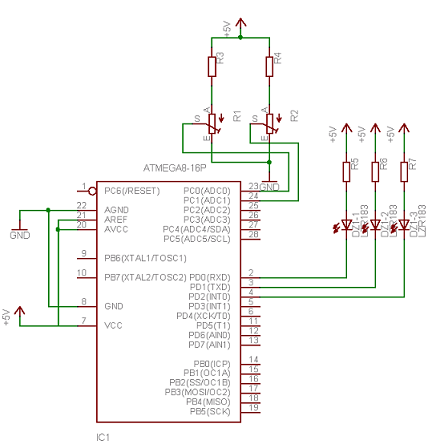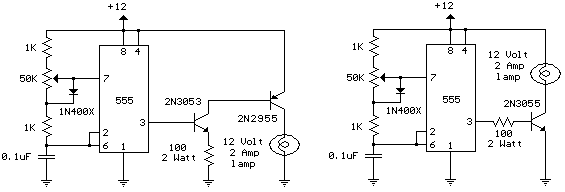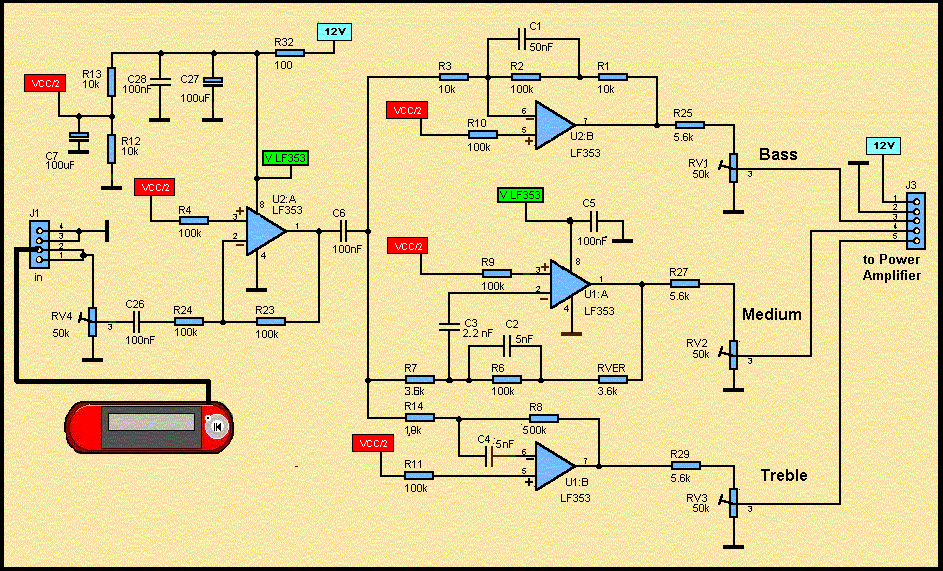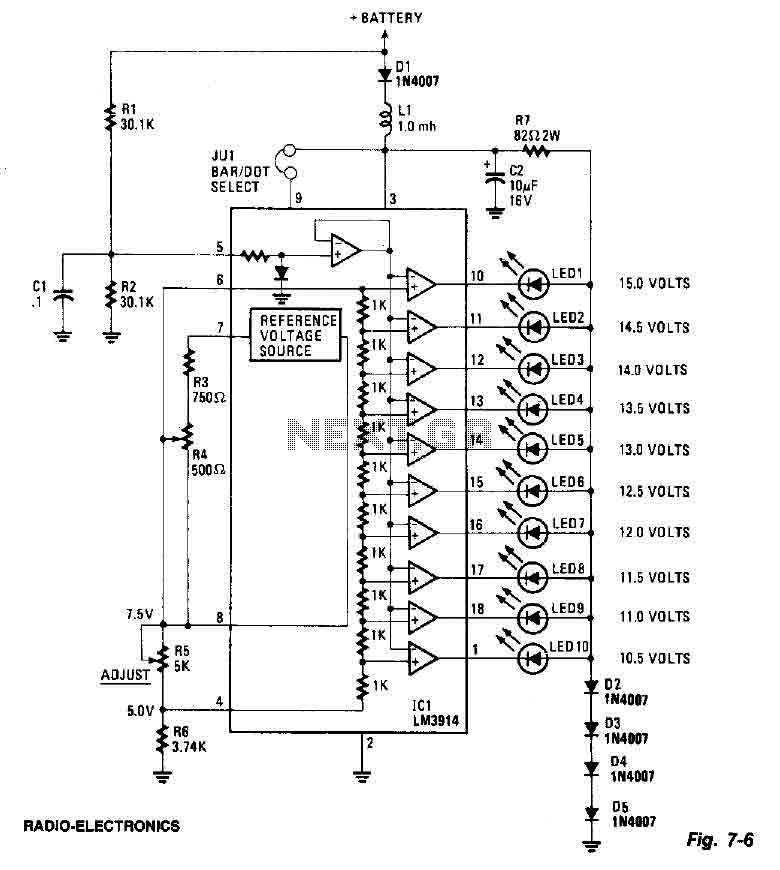
Touch-Controlled iPod Nano Sound System for Car

How can a 1950 Studebaker be enhanced? By installing an iPod Nano in the dashboard. The team at MAYA Design created a touch-controlled sound system for this project, referred to as the "Nano-Baker" or "Stude-iPod," utilizing a pair of Apple earbuds, a USB cable, a voltage regulator, and a set of speakers. The process begins with removing the clock module from the dashboard, reconfiguring its housing with a new faceplate and black backing for improved contrast. The iPod Nano is then securely attached to the faceplate using hot glue before reinserting it into the housing.
The installation of an iPod Nano into the dashboard of a 1950 Studebaker not only modernizes the vehicle's audio system but also maintains the classic aesthetic. The project leverages a few essential components to create a functional and visually appealing setup.
To begin, the original clock module is carefully extracted from the dashboard. This involves disconnecting any wiring and unscrewing the module from its mounting points. Once removed, the module's housing is modified by applying a new faceplate, which can be crafted from acrylic or another suitable material. The addition of a black backing enhances the contrast, allowing the iPod Nano's screen to stand out more prominently.
The iPod Nano is then positioned onto the new faceplate. It is crucial to ensure that the screen remains accessible for touch controls. Hot glue is an effective adhesive for securing the iPod Nano in place, providing a strong bond while allowing for easy removal if necessary.
Next, a USB cable is routed from the iPod Nano to a power source within the vehicle. A voltage regulator may be integrated into this setup to ensure that the iPod receives a stable voltage, protecting it from potential electrical fluctuations. The audio output from the iPod is connected to a set of speakers, which can be strategically placed within the vehicle to provide an optimal listening experience.
The final assembly involves carefully reassembling the modified clock module housing and ensuring that all connections are secure. This innovative integration of modern technology into a classic car not only enhances its functionality but also preserves its vintage charm, making the "Nano-Baker" or "Stude-iPod" a unique and appealing project for automotive enthusiasts.How do you make a 1950 Studebaker even cooler? By installing an iPod Nano in the dashboard, of course! The folks over at MAYA Design hacked their way to a touch-controlled sound system with this project they`ve dubbed the ""Nano-Baker"" (or ""Stude-iPod"") using a pair of Apple ear buds, a USB cable, a voltage regulator and a set of speakers. Here`s how they pulled it off. Video: . First, remove the clock module from the dashboard and its housing and give it a new faceplate and black backing to make the contrast sharper.
Hot glue the iPod Nano onto the faceplate, then fit it back into the housing. 🔗 External reference
The installation of an iPod Nano into the dashboard of a 1950 Studebaker not only modernizes the vehicle's audio system but also maintains the classic aesthetic. The project leverages a few essential components to create a functional and visually appealing setup.
To begin, the original clock module is carefully extracted from the dashboard. This involves disconnecting any wiring and unscrewing the module from its mounting points. Once removed, the module's housing is modified by applying a new faceplate, which can be crafted from acrylic or another suitable material. The addition of a black backing enhances the contrast, allowing the iPod Nano's screen to stand out more prominently.
The iPod Nano is then positioned onto the new faceplate. It is crucial to ensure that the screen remains accessible for touch controls. Hot glue is an effective adhesive for securing the iPod Nano in place, providing a strong bond while allowing for easy removal if necessary.
Next, a USB cable is routed from the iPod Nano to a power source within the vehicle. A voltage regulator may be integrated into this setup to ensure that the iPod receives a stable voltage, protecting it from potential electrical fluctuations. The audio output from the iPod is connected to a set of speakers, which can be strategically placed within the vehicle to provide an optimal listening experience.
The final assembly involves carefully reassembling the modified clock module housing and ensuring that all connections are secure. This innovative integration of modern technology into a classic car not only enhances its functionality but also preserves its vintage charm, making the "Nano-Baker" or "Stude-iPod" a unique and appealing project for automotive enthusiasts.How do you make a 1950 Studebaker even cooler? By installing an iPod Nano in the dashboard, of course! The folks over at MAYA Design hacked their way to a touch-controlled sound system with this project they`ve dubbed the ""Nano-Baker"" (or ""Stude-iPod"") using a pair of Apple ear buds, a USB cable, a voltage regulator and a set of speakers. Here`s how they pulled it off. Video: . First, remove the clock module from the dashboard and its housing and give it a new faceplate and black backing to make the contrast sharper.
Hot glue the iPod Nano onto the faceplate, then fit it back into the housing. 🔗 External reference





